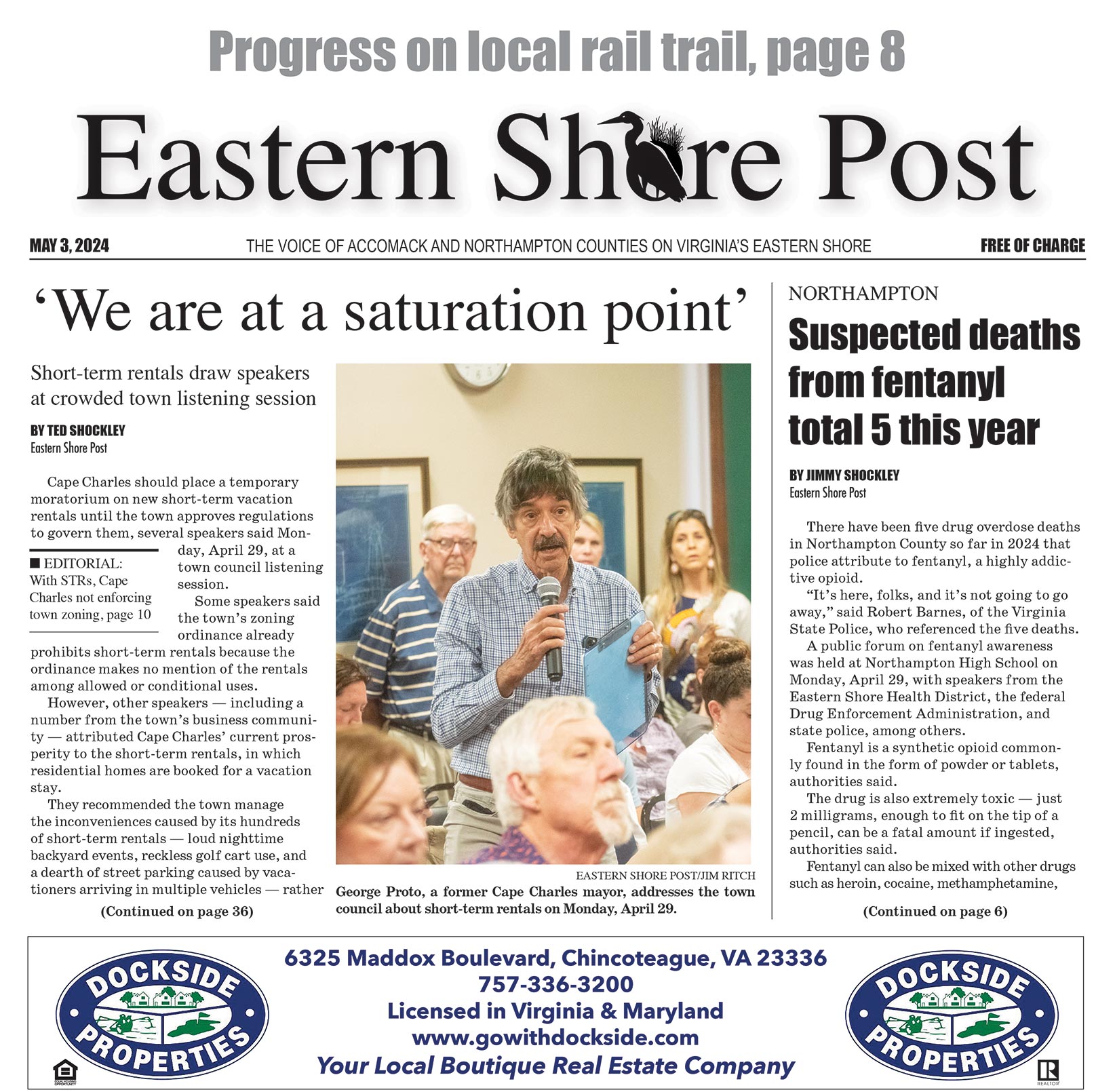Dear Editor:
We were shocked to read the reply from “Alice Burton, of a northern Virginia animal rescue group,” when responding to Chincoteague residents’ concerns regarding the ongoing release of stray and feral cats into the community. Ms. Burton’s response was, essentially, “deal with it.”
Stray and feral cats present a number of risks to Chincoteague’s residents, including people, pets, and wildlife. In addition to property damage and general nuisances, cats also pose a disease risk. For example, cats are the top source of rabies among domestic animals in Virginia. From 2001 to 2019, cats accounted for 72% of all confirmed rabid domestic animals in the commonwealth. There were nearly eight times more rabid cats than rabid dogs. Just like our pets, stray and feral cats must be vaccinated initially and then given regular boosters to maintain current rabies vaccination. Anything less puts the community at risk.
Of course, stray and feral cats are also a nightmare for wildlife. Scientific studies estimate that cats annually kill 2.4 billion birds in the U.S. and are the top source of direct, human-caused bird mortality in the U.S. and Canada. Studies in Virginia have shown that cats are major predators of wildlife, and a Wildlife Center of Virginia study showed that even with cutting-edge veterinary treatment, over 80% of birds attacked by cats died.
To hear Ms. Burton’s comments that concerned residents should just build a fence or employ other deterrents on their property unjustly places the burden on local residents for the behavior of groups that release cats onto the landscape. Instead, it should be the responsibility of these groups to keep the cats contained, ensuring that both cats and the community stay safe.
Roberta Kellam, Franktown and Grant Sizemore, American Bird Conservancy



